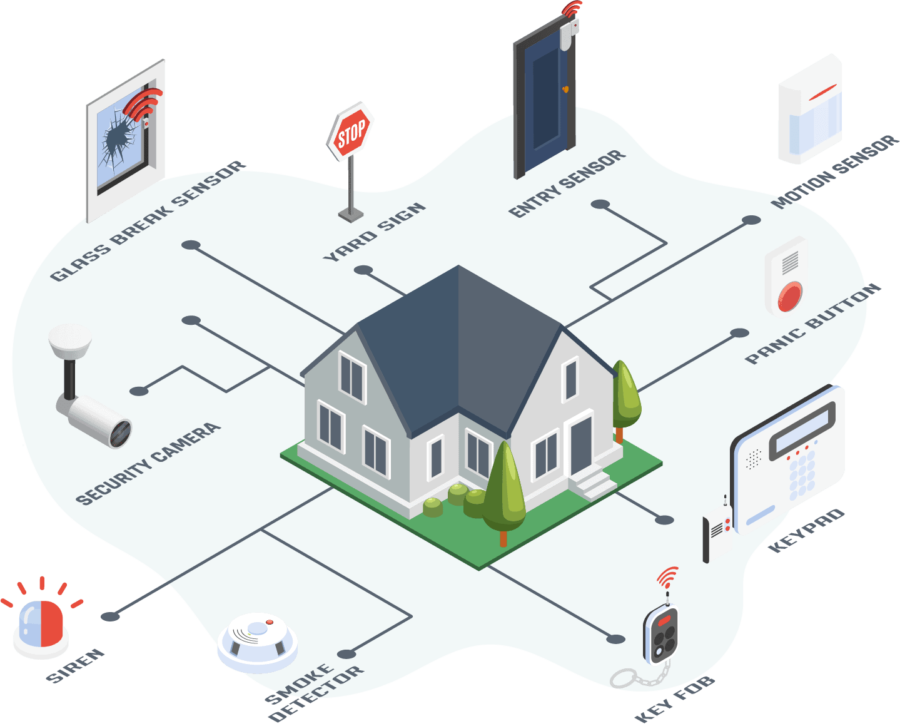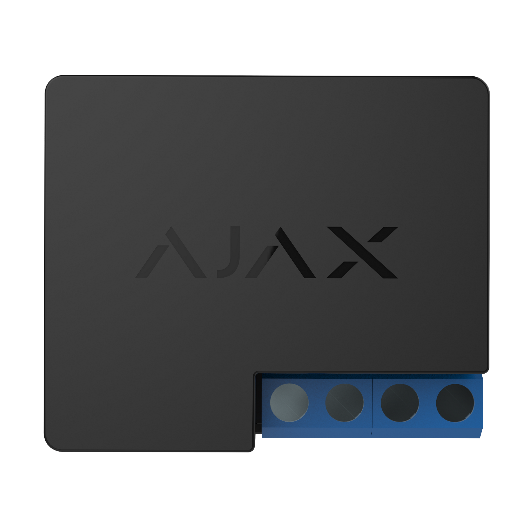The Sensor Systems as the operational backbone of Smart Home Security System
October 02, 2021
The Sensor Systems as the operational backbone of Smart Home Security System
According to a report by alarms.org
, houses that don’t have security systems are more prone to burglary. Owing to this fact, protecting your house against threats is more important than ever. Simply put, house security systems are becoming a need rather than being just an amenity.
While the thieves continue to devise sophisticated ways to break in, your house should also be well-equipped and reinforced to resist their attempts. IoT (Internet of Things) has facilitated sensor-based security systems. The
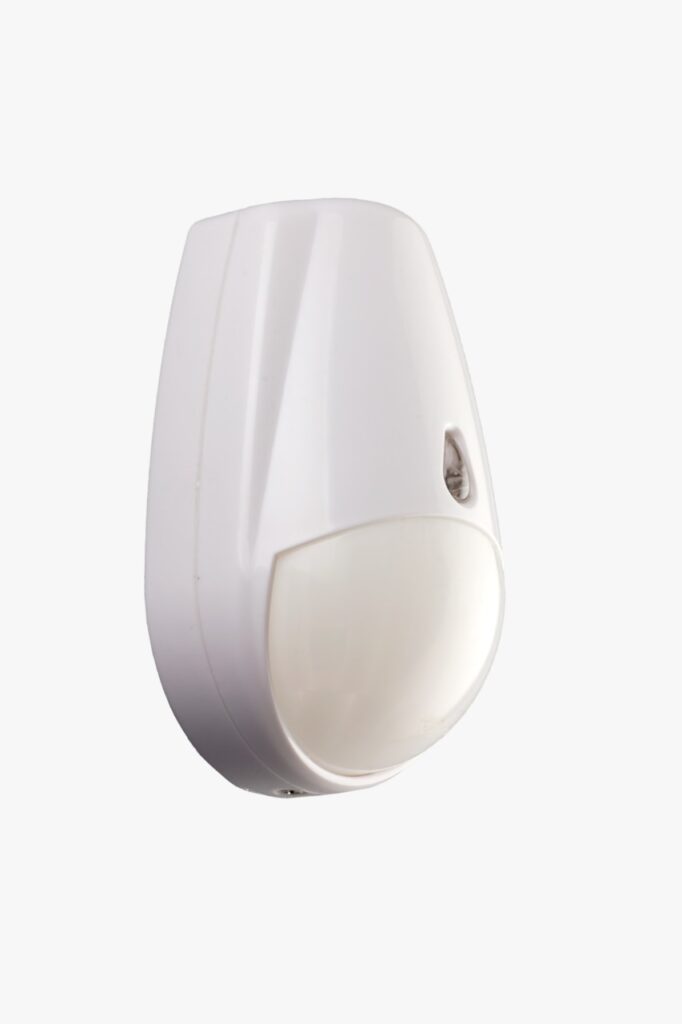
Motion sensors
use various technologies to detect movement in nearby areas. In case of movement detection, it sends signals to the security control panel and alerts the user against potential threats beforehand.
Let’s have a closer look at the types of security sensors:
- Passive infrared sensor:
- Microwave Sensors
- Ultrasonic Sensors
- Tomographic Motion Detector
- Photoelectric Beams
Passive infrared sensor:
These sensors detect infrared radiations or body heat. The word passive signifies its ability to operate without generating its own energy. It can easily detect movement and changes in ambient temperature. As soon as the sensor detects a temperature rise caused by an intruder or foreign object, it reacts by emitting electricity and thereby activating the alarm.
It is one of the most commonly used motion sensors. Not only is it economical and easy to install, but also practical due to a wide field of view.
Microwave Sensors:
The working of microwave sensors is similar to active infrared sensors. It emits microwave pulses and receives a signal after hitting a moving object. These sensors have a long range of about 400-1500 sq. ft. and are more sensitive than IR sensors. It is more advantageous due to its ability to sense motion through plastic, wood, walls, etc. However, due to high sensitivity, they are prone to false alarms. The RF field cannot penetrate through the metal surfaces and thus cannot detect moving objects behind such surfaces.
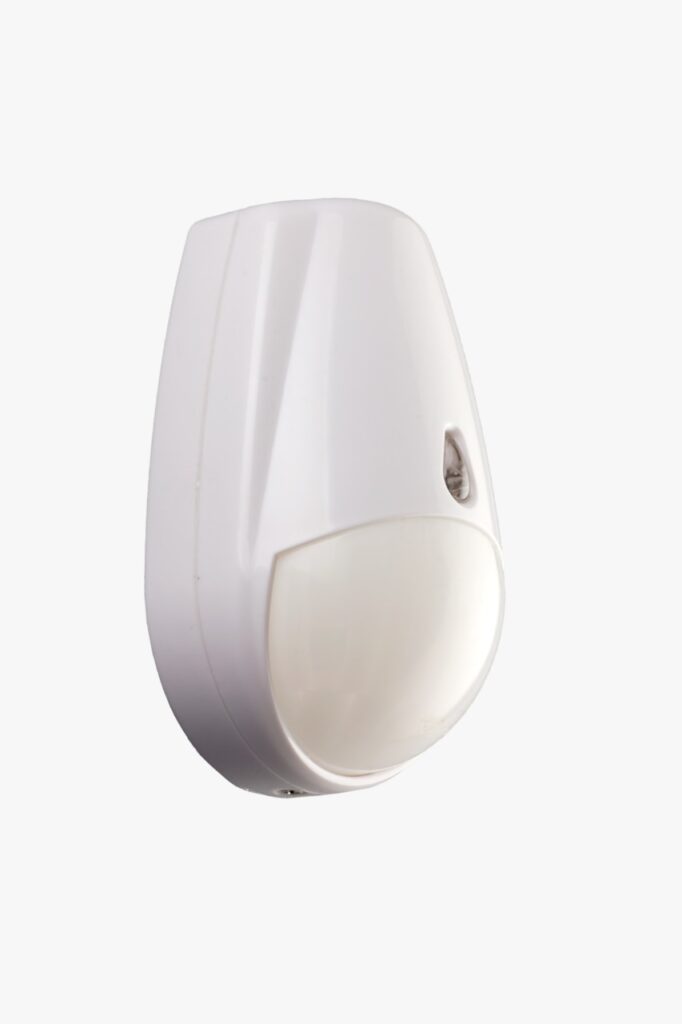
Ultrasonic Sensors:
The sensors use high-frequency sound waves to detect movement in a given space. The detector works on the principle of echolocation which is also used by bats to see. The detector transmits frequencies 25-75 kHz which are reflected back by the ceiling, walls, and furniture. A moving object can be easily detected by a change in frequency, thus triggering the alarm. However, the sensor doesn’t differentiate between intruders and others. Therefore, it is prone to false alarms as well.
Tomographic Motion Detector:
This is comparatively a new technology in home security systems. Unlike other detectors, it doesn’t need a direct line of sight to detect an intruder. Instead of one or two components, it has multiple nodes which communicate through radio waves. The ‘mesh network’ of radio emitters and receivers detect motion by detecting interruptions in signals between the nodes. These detectors can be concealed and can cover large areas. It has the ability to penetrate through all kinds of obstructions, thus making it a very promising technology.
Photoelectric Beams:
Photoelectric beams can cover more distance than a PIR or active IR sensor as the emitter source is focussed with the help of a lens. It is ideal for outdoor use. Instead of a fixed area range, this detector forms a fence (an invisible barrier) of infrared beams with the help of two parts. When an intruder or object breaks into the fence, the security alarm is triggered. With its help, one is alerted against potential threats way ahead of time. One downfall is that even a trivial object like a falling leaf can trigger the alarm, resulting in a false alarm situation.
Other types of security sensors
Glass Break Detectors:
Different bands frequencies are generated when a glass breaks – primarily ultrasonic and infrared waves. These detectors have an audio microphone that detects the sound of breaking glass by perceiving the right frequencies. The detector is placed near glass doors and windows in a way that they lay in the operating radius of the detector.
Magnetic Switches:
These detectors are also meant for doors and windows. They are a preferred choice due to their convenience, affordability, and durability. The detector consists of two components – a switch and a magnet which forms a closed circuit. While one component is attached to the door or window, the other is installed at the frame. As soon as the window or door opens, the circuit is broken and the alarm is triggered.
Conclusion
Sensors are an integral part of modern security system technology. With the wide range of products and corresponding technology, it is important to make an informed decision before choosing security sensors for the home.
AtDFS Services, we strive to offer the best home security solutions to suit your purpose. Choose from our wide range of products without compromising on your security needs. Backed by technologically advanced and top-most products, we assure you a more secured home than ever.




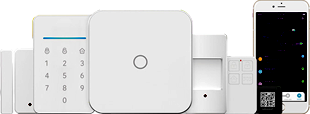





 Cart (9)
Cart (9)